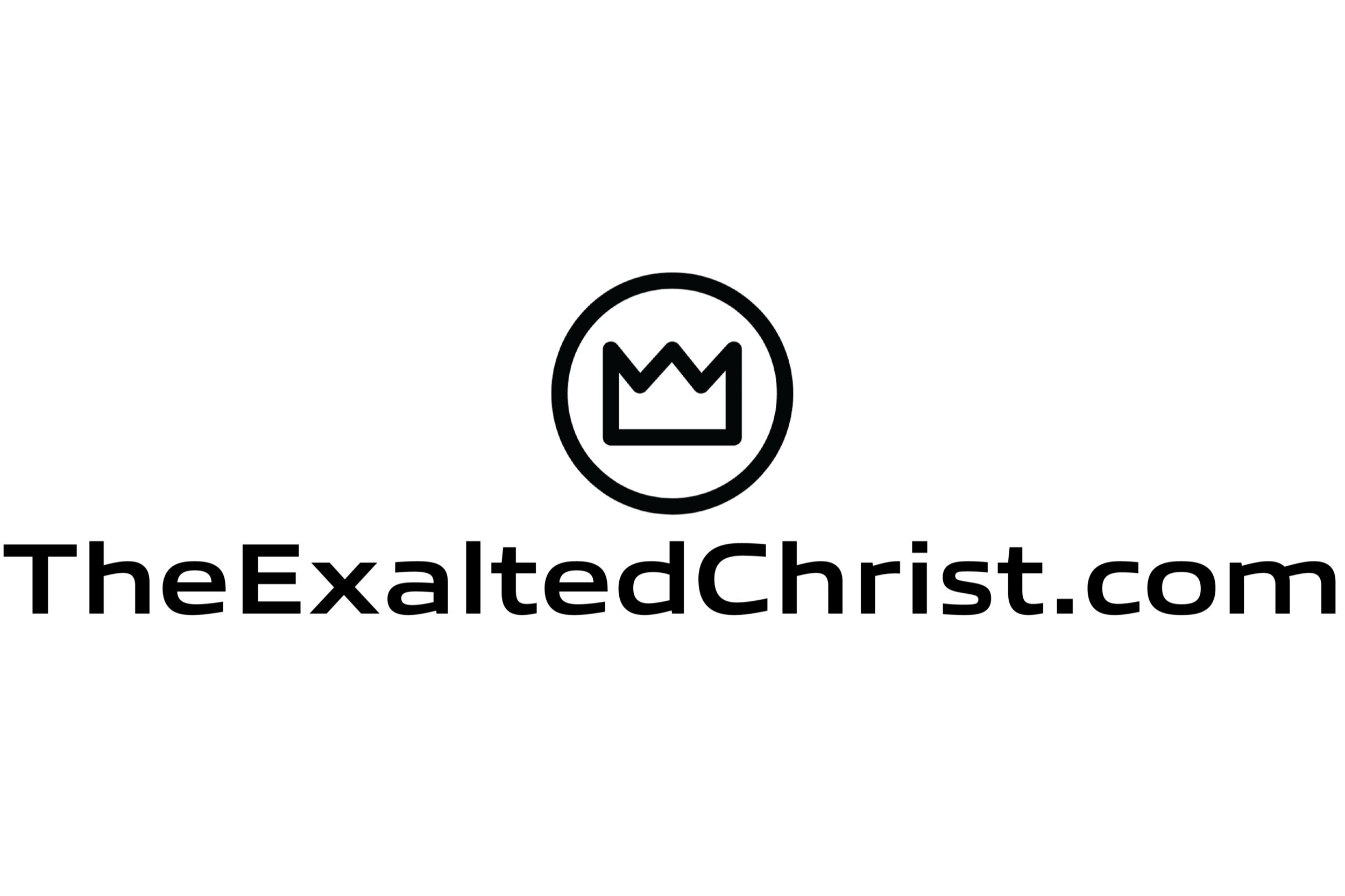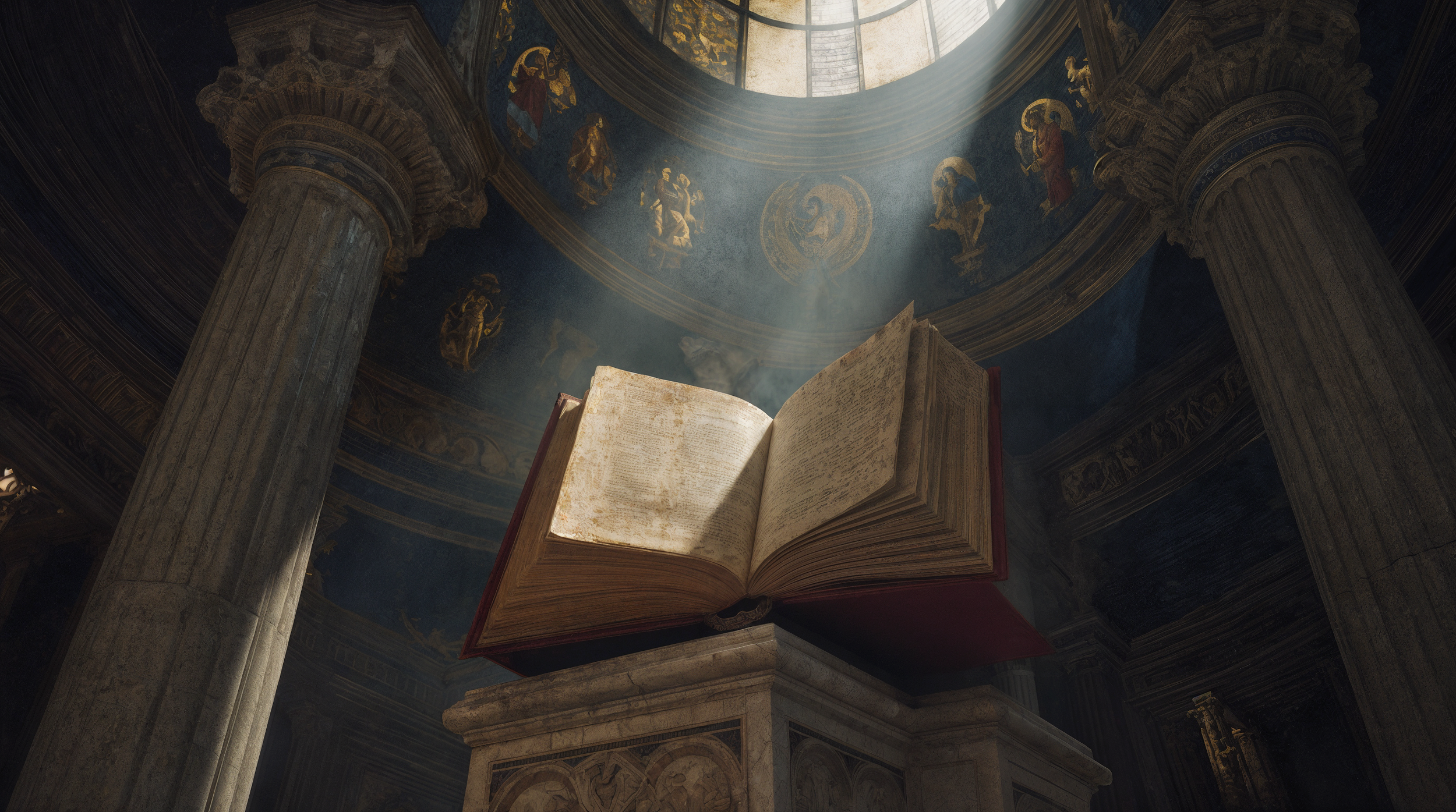Primary Sources
The Original Writings of the Church Fathers Used in This Resource
The articles in this resource are based on extensive analysis of primary sources—the actual writings of church fathers from AD 60-430. Below you'll find links to read these original texts yourself, allowing you to verify our analysis and explore further. All sources listed here are specifically referenced in our article series.
Note: These are the actual historical documents that form the foundation of our research. We encourage you to read them directly to understand what the early church really believed about eschatology.
Where to Read Primary Sources Online
Free access to the complete writings of the church fathers in English translation
Christian Classics Ethereal Library (CCEL)
The most comprehensive free collection of early church writings. Contains the complete Ante-Nicene Fathers (10 volumes) and Nicene and Post-Nicene Fathers (28 volumes) series. All major church fathers cited in our articles can be found here with searchable text.
Visit CCEL Fathers Collection →
Free • Complete
New Advent - Church Fathers
Well-organized collection with excellent navigation and cross-referencing. Particularly useful for Augustine, Jerome, and John Chrysostom. Each text includes helpful introductions and scriptural citations are hyperlinked.
Free • Catholic perspective
Early Christian Writings
Chronologically organized from AD 30-380, including both orthodox fathers and other early Christian texts. Helpful for understanding the historical development of ideas. Includes estimated dates for each work.
Visit Early Christian Writings →
Free • Chronological
Key Church Fathers Referenced in Our Articles
The primary authors whose eschatological views are analyzed in this resource
Papias of Hierapolis
Dates: c. AD 60-130
Key Works: Fragments preserved in Irenaeus and Eusebius. Earliest non-biblical chiliast.
Epistle of Barnabas
Dates: c. AD 70-132
Key Works: Complete epistle. Clear chiliastic calculation (6000 + 1000 years).
Justin Martyr
Dates: c. AD 100-165
Key Works: Dialogue with Trypho (esp. ch. 80-81). First to use "spiritual Israel."
Irenaeus of Lyons
Dates: c. AD 130-202
Key Works: Against Heresies Book V (esp. ch. 28-36). Sophisticated chiliasm.
Tertullian
Dates: c. AD 155-240
Key Works: Against Marcion Book III. Strong Latin chiliast.
Hippolytus of Rome
Dates: c. AD 170-235
Key Works: Commentary on Daniel; On Christ and Antichrist. Detailed eschatology.
Origen
Dates: c. AD 184-253
Key Works: De Principiis Book II. First systematic opposition to chiliasm.
Eusebius of Caesarea
Dates: c. AD 260-340
Key Works: Ecclesiastical History. Shows how views changed; dismissive of Papias.
Augustine of Hippo
Dates: AD 354-430
Key Works: City of God Books XX-XXII. Made amillennialism dominant.
Pseudo-Ephraem
Dates: Disputed (4th or 7th century)
Key Works: Sermon on End Times. Controversial pre-trib elements.
Essential Texts for Understanding Early Eschatology
Start with these specific passages to understand the key positions
For Understanding Early Chiliasm
- Justin Martyr, Dialogue with Trypho, chapters 80-81: "I and others who are right-minded Christians know there will be a resurrection of the flesh for a thousand years in Jerusalem"
- Irenaeus, Against Heresies 5.32-36: The most theological defense of the literal millennium
- Epistle of Barnabas, chapter 15: The 6000+1000 year calculation
For Understanding the "Spiritual Israel" Innovation
- Justin Martyr, Dialogue with Trypho 11.5: "We are the true spiritual Israel" (first occurrence of this phrase)
- Compare with Paul's Romans 9-11: Note that Paul never uses this terminology
For Understanding the Shift to Amillennialism
- Origen, De Principiis 2.11.2-3: Philosophical arguments against literal interpretation
- Augustine, City of God 20.7-9: The millennium as the church age
- Eusebius, Ecclesiastical History 3.39: Dismissal of Papias and early chiliasm
For Understanding Tribulation Views
- Irenaeus, Against Heresies 5.29.1-2: The resurrection occurs "when Antichrist shall have devastated all things"
- Hippolytus, Treatise on Christ and Antichrist 60-65: Saints persecuted by Antichrist until Christ destroys him
- The Shepherd of Hermas, Vision 4: Complex view of past and future tribulation
- Pseudo-Ephraem, Sermon on End Times: The controversial pre-trib text (if authentic)
📌 A Note on Translations
The sites listed above use public domain translations (primarily from the 19th century Ante-Nicene and Post-Nicene Fathers series). While these are generally reliable, be aware that translation choices can affect interpretation. For serious study, consulting multiple translations or learning the original languages (Greek and Latin) is recommended.
Additional Resources for Further Study
Recommended Secondary Sources
- Larry Crutchfield, "The Blessed Hope and the Tribulation" - Coined "imminent intratribulationism"
- Brian Daley, "The Hope of the Early Church" - Comprehensive survey of patristic eschatology
- Charles Hill, "Regnum Caelorum" - The patterns of millennial thought
- Bernard McGinn, "Visions of the End" - Apocalyptic traditions in the Middle Ages
Key Primary Source Collections
- Ante-Nicene Fathers (ANF) Volumes 1-10: Contains Papias fragments, Justin, Irenaeus, Tertullian, Hippolytus - note diversity of views
- Nicene and Post-Nicene Fathers (NPNF) Series: Contains Augustine, Chrysostom, Jerome - shows post-Constantine shifts
- The Apostolic Fathers (various editions): Includes Didache, Clement, Ignatius, Polycarp, Shepherd of Hermas
Navigation
Return to Hub
Early Church Eschatology Overview
Main Articles:
- Article 1: The "Spiritual Israel" Innovation
- Article 2: Living Through Tribulation
- Article 3: From Chiliasm to Amillennialism
- Article 4: Paul's "One New Man" Theology
- Article 5: Ancient vs Modern Views

